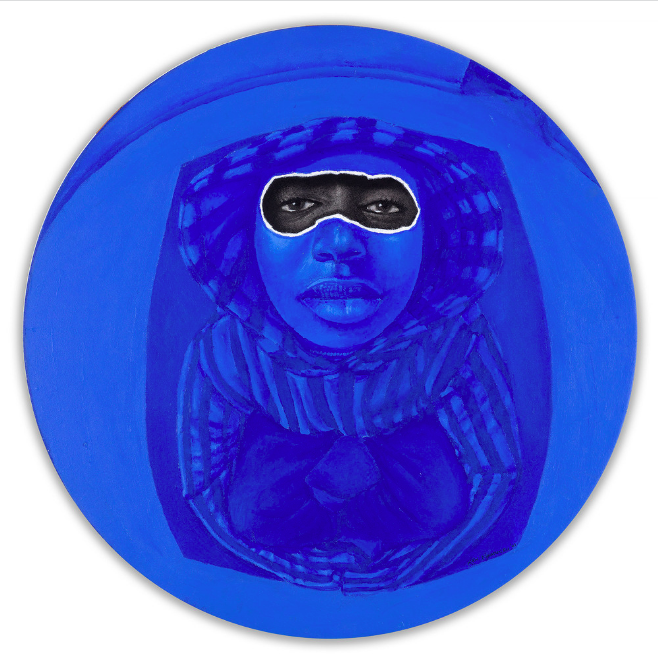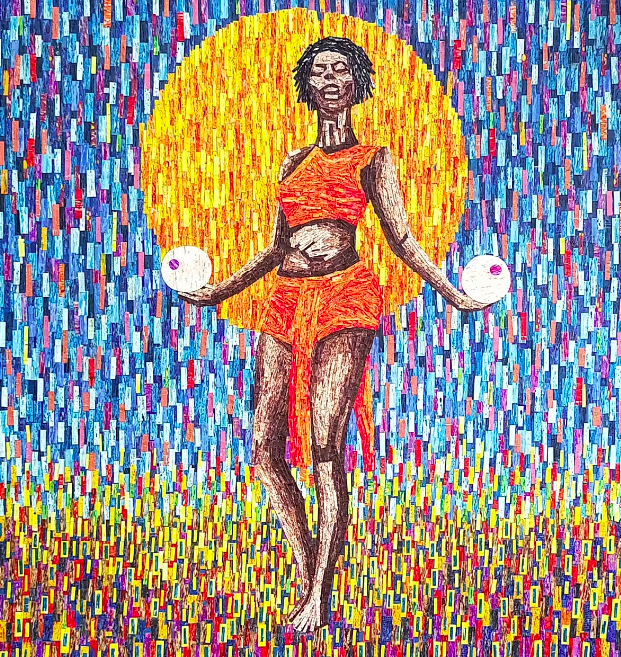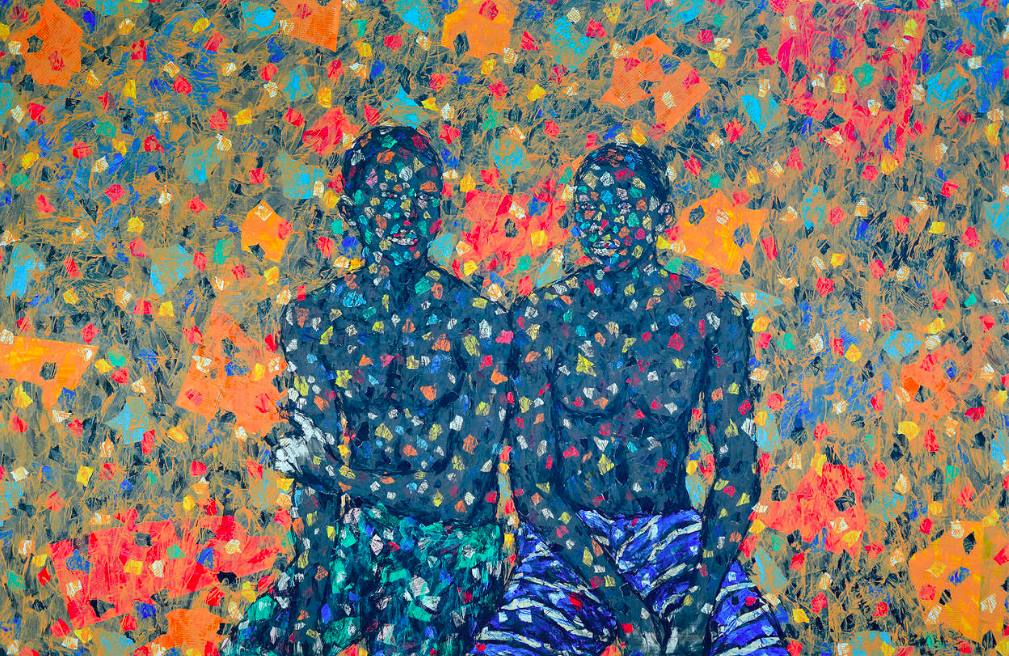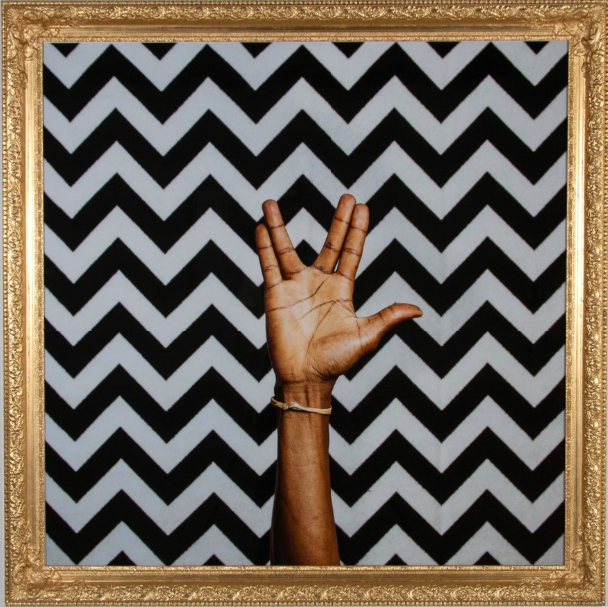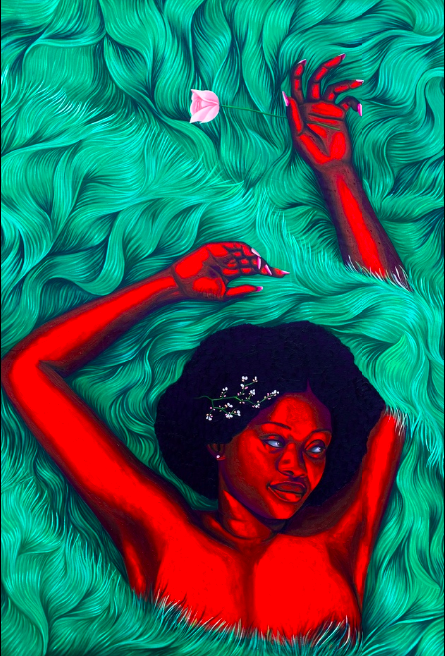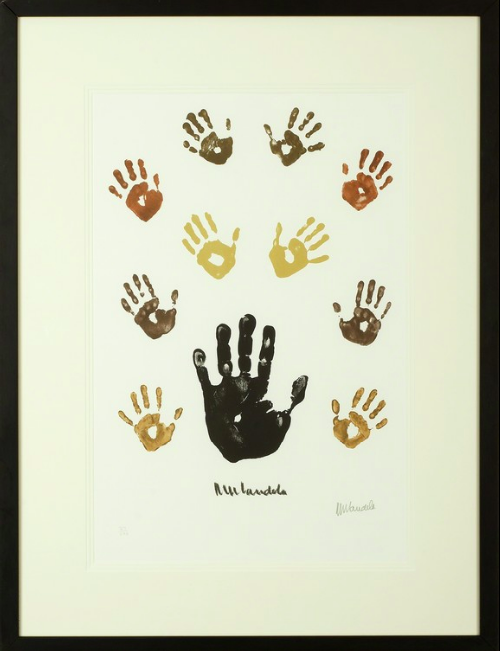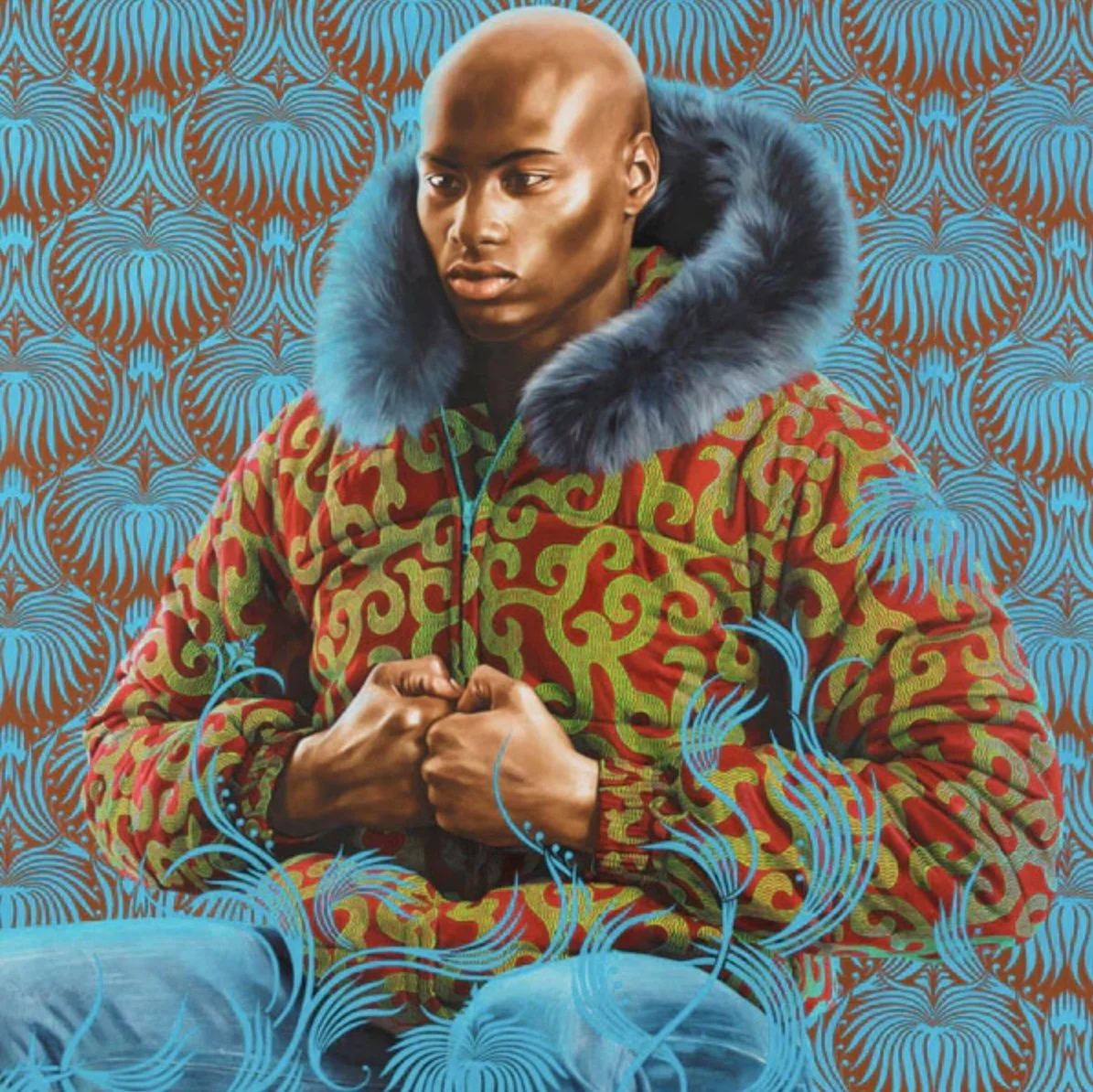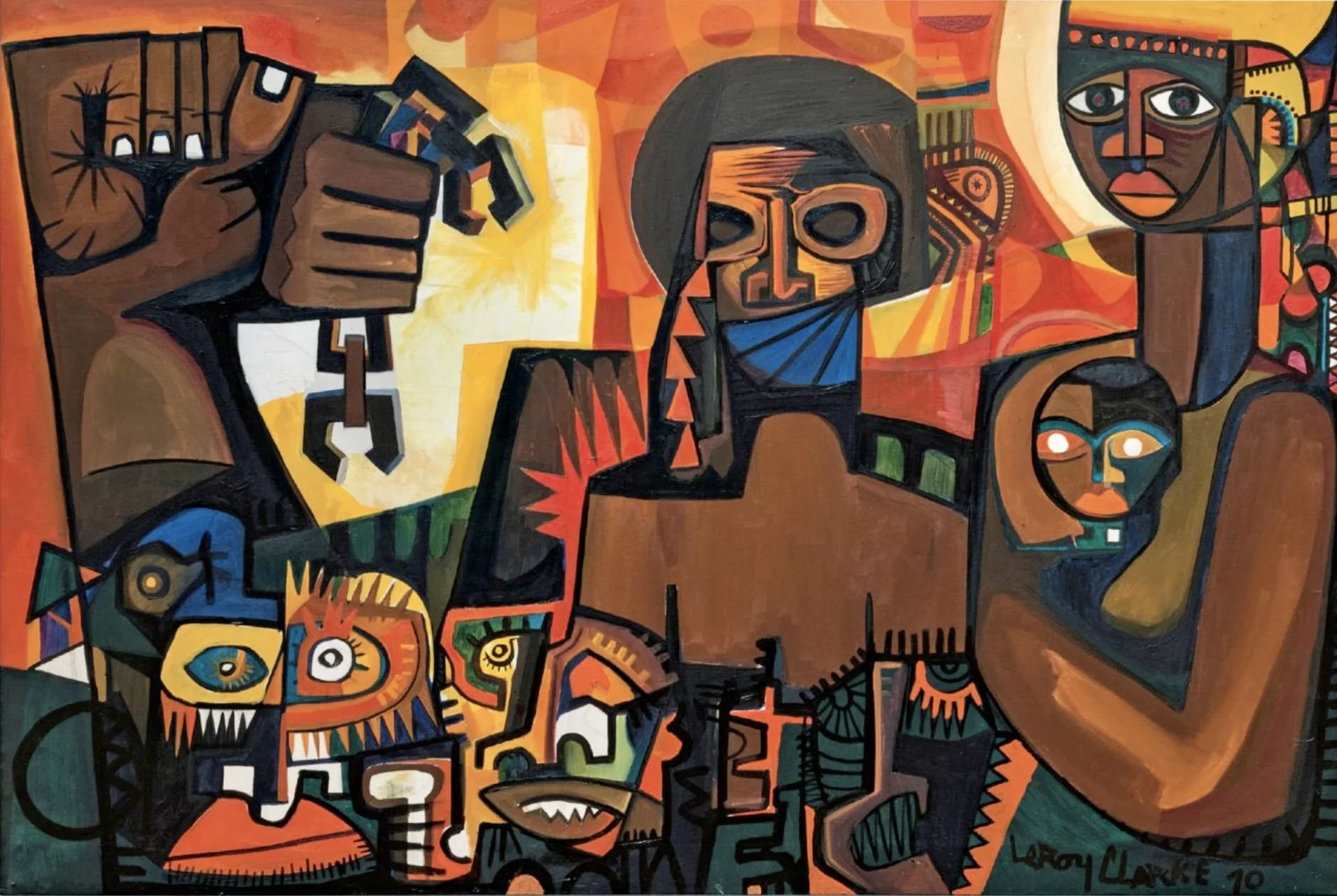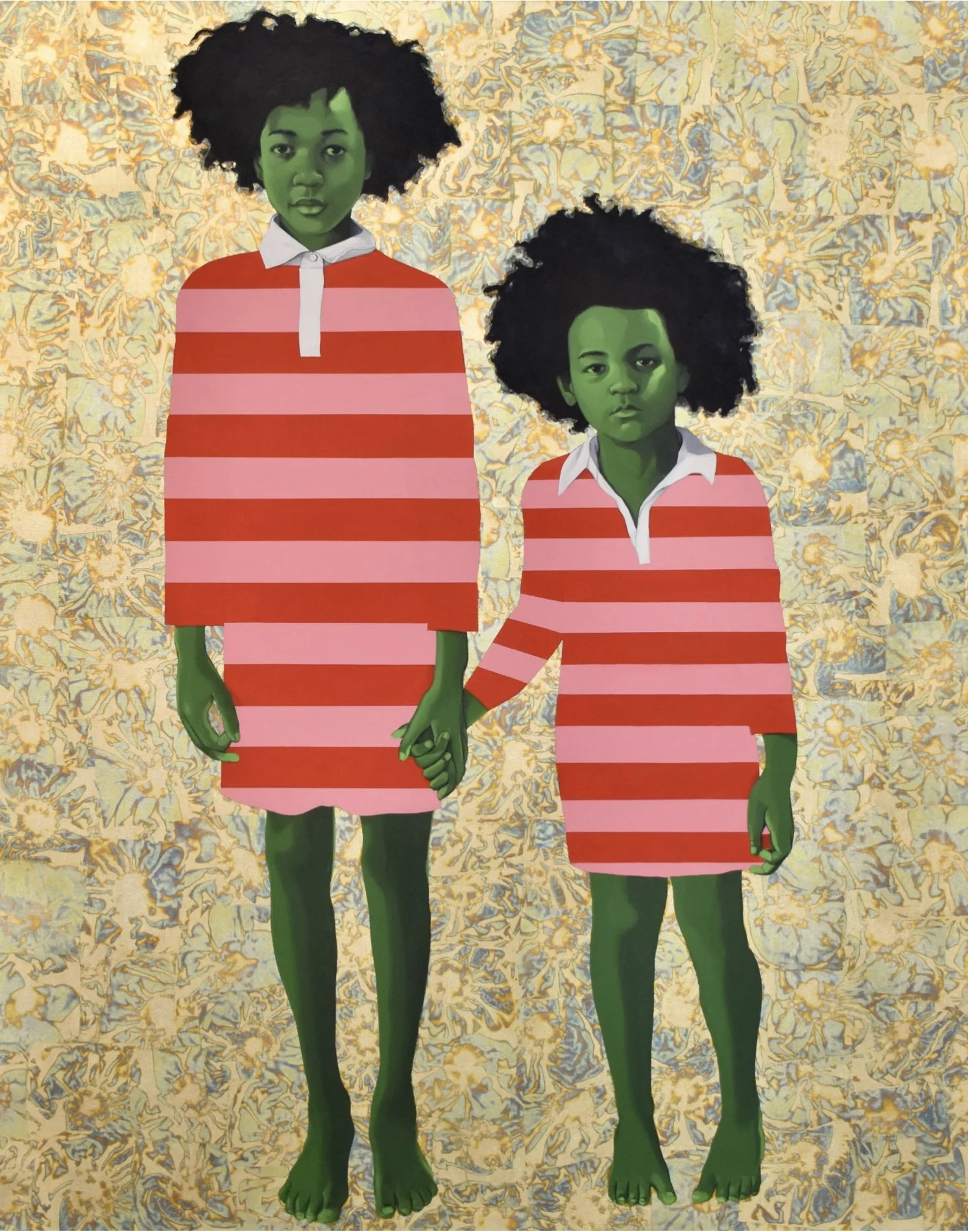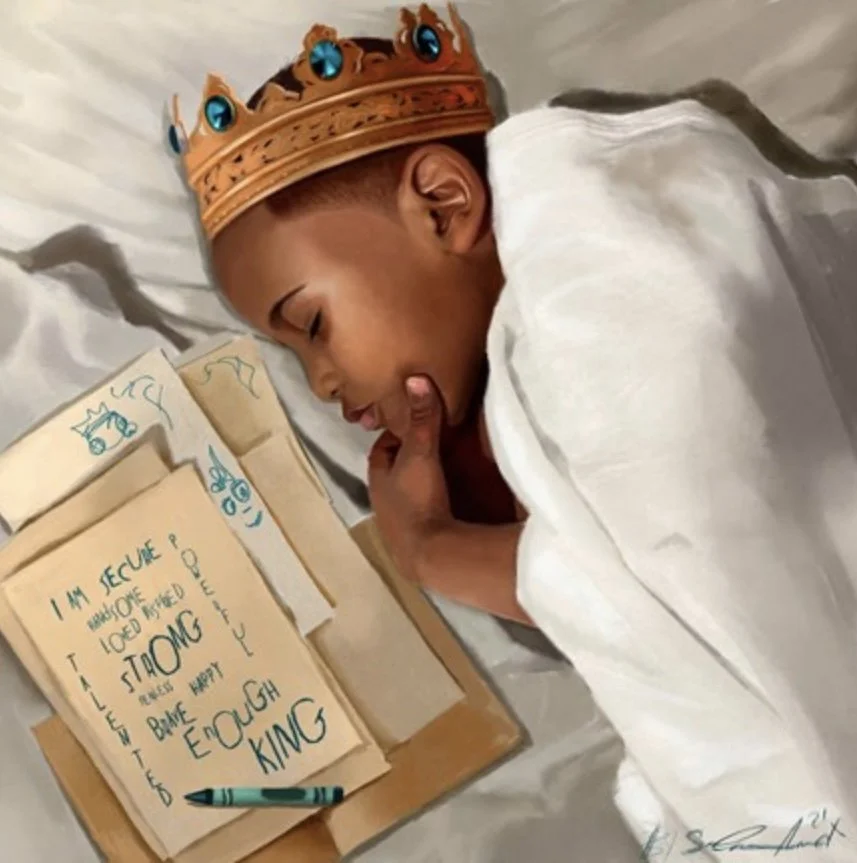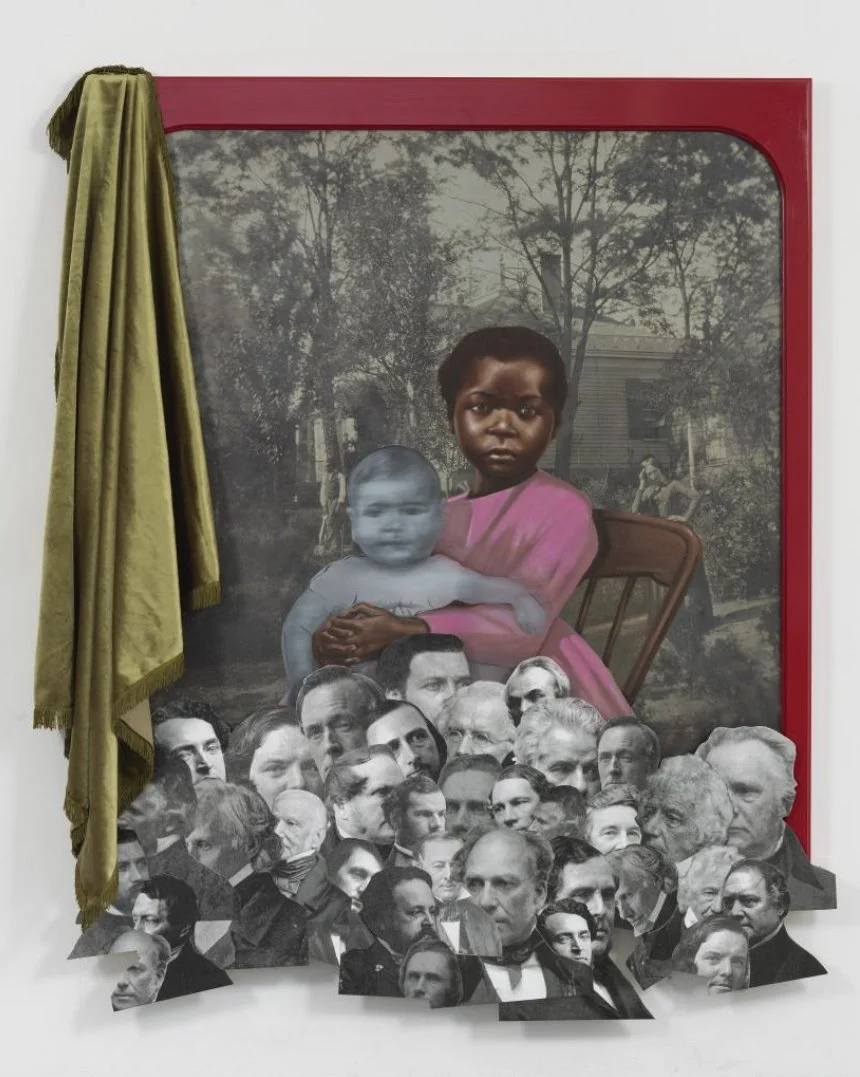a shared experience: one that Transcends borders, connects people, and fosters a deeper appreciation
By Liza Montgomery
Blackness is something that is inevitably responsible for laying the foundation of any Black person’s life in the United States and around the world. Blackness is connected to a way in which certain people have to navigate the world in a separate way that others aren’t. It is a shared experience of being subjugated to unfair treatment and social and economic oppression. Black Americans value the collective identity that makes up part of our sense of personal identity. Regarding this collective identity, during slavery and segregation America has tried to condition Black people to forget, disconnect, and be ashamed of their African lineage as much as possible.
For the overwhelming majority of Black Americans, their sense of identity has been complicated by the horrific experience of the Middle Passage and slavery. While numerous research studies have been dedicated to African American and Black identity, it is fair to say that it is ever changing. The forced displacement of millions of Africans during the transatlantic slave trade severed the ties between individuals and their ancestrial homelands. Whereas Africans do not quite have the same fragmented understanding of self and knowledge of specific ethnic origins. In addition to being one of the most populated continents, Africa has a rich cultural history that has been important to human collective history for many centuries. This heritage is evident in the diverse people, cultures, regions, and ethnic groups that contribute to the unique blend.
Despite the historic and geographical differences, art provides a safe space for artists to connect, explore, discuss, and reimagine the past, present, and future. Art has long been a powerful platform for expressing identity, preserving culture, and challenging societal norms. When examining African art and African American art, their relationships with culture, identity, and the representation of Black people, have their differences.
African art is a blend of communal identities and ancestral connections. It presents the collective consciousness of tribes, nations, and ethnic groups. This is seen in the use of strong symbolism and stylistic interpretations of cultural heritage through the use of traditional African art forms, like masks, sculptures, textiles, and intricate patterns. African art predominantly focuses on encapsulating narratives of lineage, spirituality, and social structures. These dynamic creations of artwork not only draws on extensive history going back thousands of years, but also explores future histories years to come.
Top Row (from left to right): Ken Nwadiogbu, How to survive another day, 2021, Amadou Opa Bathily, La Connexion avec l'Univers, 2023, Emeka Udemba, Children of the day, 2021, Gerald Machona, Live long and prosper, 2018
Bottom Row (from left to right): Wilson Imini, Green Comfort, 2023, Angèle Etoundi Essamba, Noir 43, 2001, Nelson Mandela, Impressions of Africa, Colour, 2003, Jimbo Lateef, Portrait Of A Lady, 2023
While I was trying to think of a word I could use to encapsulate the topic of race and identity in American art, I felt nothing could accurately describe it. It was difficult to find a broad enough term that defined the many layers of what an “American” is. The historical legacy of slavery has made it rather difficult for people of color from different races, ethnicities, and cultural identities to be accounted for in a collective representation. African American art is a recognition of the creative expressions and lives of people with African descent across the globe. From the Harlem Renaissance to contemporary art movements, African American artists have forged new narratives that communicate the complexities of being Black in America. Their work often conveys issues of racial inequality, cultural assimilation, and the search for a unified identity.
African American art heavily focuses on the issues related to the Black experience, examines the global dispersal of people of African descent, and is inclusive of all cultural significance and context. The art builds a memoir of artistic production and history from diasporic connections sharing unique lived experiences. African American art uncovers the diverse communities that make up Black people around the world, celebrating African Americans, Afro-Latinos, African-Caribbean, amongst others near and far. The art by Black artists in America opens the door for social commentary, solidarity, progression, and societal reform.
Top Row (from left to right): Carolyn Mazloomi, Hands Up, Don’t Shoot, Kehinde Wiley, Kern Alexander Study I, 2011, Kehinde Wiley, Sleep, 2008, LeRoy Clarke, Now, 1970
Bottom Row (from left to right): Clarence Heyward, Untitled, Salaam Muhammad, Even When I’m Sleeping - Boy, Carrie Mae Weems, Untitled, 1990, Titus Kaphar, An Illusion of Progress, 2022
Africans and African Americans diverge in regards to their identities because they both reflect their respective histories, experiences, and the diverse journeys of Black people. However, African and African American artists provide a rare chance for us to use art as a means for critiquing race, culture, and identity that ultimately transcends current realities. In doing this people will realize that art is not something that is separate from life, but informs and has the ability to improve and change it.
“Remember, whether it is the mesmerizing sculptures of African tribes or the powerful paintings of Black artists, the beauty of art lies in its ability to transcend borders, connect people, and foster a deeper appreciation of our shared humanity.” - Afrikanizm Art
Sources:
https://daily.jstor.org/the-social-distance-between-africa-and-african-americans/
https://doi.org/10.2307/40201790
https://contemporaryand.com/magazines/what-exactly-is-african-art/
https://daily.jstor.org/the-social-distance-between-africa-and-african-americans/
https://arthistoryteachingresources.org/lessons/race-and-identity/
https://www.linkedin.com/pulse/black-art-vs-african-afrikanizm-art/
https://adrianreynolds.ie/cultural-identity-african-art/
https://tfaoi.org/aa/5aa/5aa207a.htm
https://www.artsy.net/fair/expo-chicago-2023/artworks?page=19&metric=in


